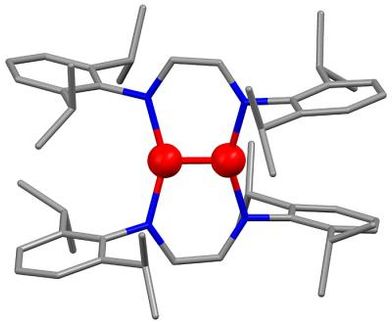'Butterfly-shaped' palladium subnano cluster built in 3-D
Miniaturization is the watchword of progress. Nanoscience - building structures on the scale of a few atoms - has long been at the forefront of chemistry for some time now. Recently, researchers at The University of Tokyo developed the new strategy to construct the subnanosized metal aggregates, building up small metal clusters into grander 3-D architectures. Their creations could have real industrial value.
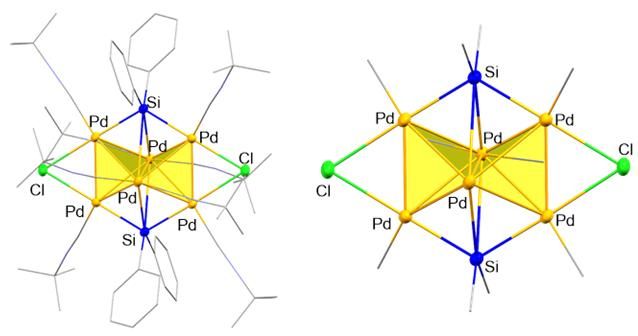
The entire (left) and the core (right) structure of 3-D cluster molecule based on palladium.
2019 Yusuke Sunada, Institute of Industrial Science, The University of Tokyo
Nanochemistry offers a range of classic design shapes, such as cubes, rods, wires, and even "nanoflakes," all built from atom clusters. The team at Uni Tokyo's Institute of Industrial Science (IIS) builds nanosheets from the noble metal palladium (Pd). In a new study, they threaded these 2-D building blocks into a distinctive 3-D design.
A smart way to make nanosheets is using templates - organic molecules that act as a framework for the metal atoms. Moving beyond purely organic templates, the IIS team used an organosilicon, a molecule based on three silicon atoms, to construct a bent or "butterfly-shaped" sheet of four Pd atoms. These metals were stabilized by bonding with benzene rings dangling from the silicons.
"Looking at the structure of the Pd4 molecule, we saw the potential to link together multiple sheets of this kind through chemical linkers," says Kento Shimamoto, co-author of the study. "Given the right template, we reasoned, we could expand the dimensionality of our cluster from a 2-D sheet into the third dimension."
Building stable nanoclusters, even in 2-D, is not easy - due to the lack of the appropriate template moleclues that pushes the metal species into close proximity. However, metal centers can be linked stably together, while maintaining a comfortable distance, through the use of bridging atoms like chlorine. The resulting clusters often have unique chemical properties as a result of metal - metal interactions.
The team therefore chose a new organosilicon template with two chlorine atoms replacing part of the organic region. Reacting the palladium source with this new template produced not a 2-D sheet, but a 3-D cluster containing six Pd atoms. The metals apparently formed a pair of Pd4 tetrahedra (sharing two atoms), bridged by chlorine, which forced the Pd atoms close enough to bond with each other.
"3-D subnanoclusters have real potential as catalysts and functional materials," says lead author Yusuke Sunada. "But their function strongly depends on precise control of their shape. Organosilicons are readily available, and offer a platform for designing diverse architectures - linking multiple clusters into larger molecules - in an industrially feasible way.
Original publication
Other news from the department science

Get the chemical industry in your inbox
By submitting this form you agree that LUMITOS AG will send you the newsletter(s) selected above by email. Your data will not be passed on to third parties. Your data will be stored and processed in accordance with our data protection regulations. LUMITOS may contact you by email for the purpose of advertising or market and opinion surveys. You can revoke your consent at any time without giving reasons to LUMITOS AG, Ernst-Augustin-Str. 2, 12489 Berlin, Germany or by e-mail at revoke@lumitos.com with effect for the future. In addition, each email contains a link to unsubscribe from the corresponding newsletter.
Most read news
More news from our other portals
Last viewed contents
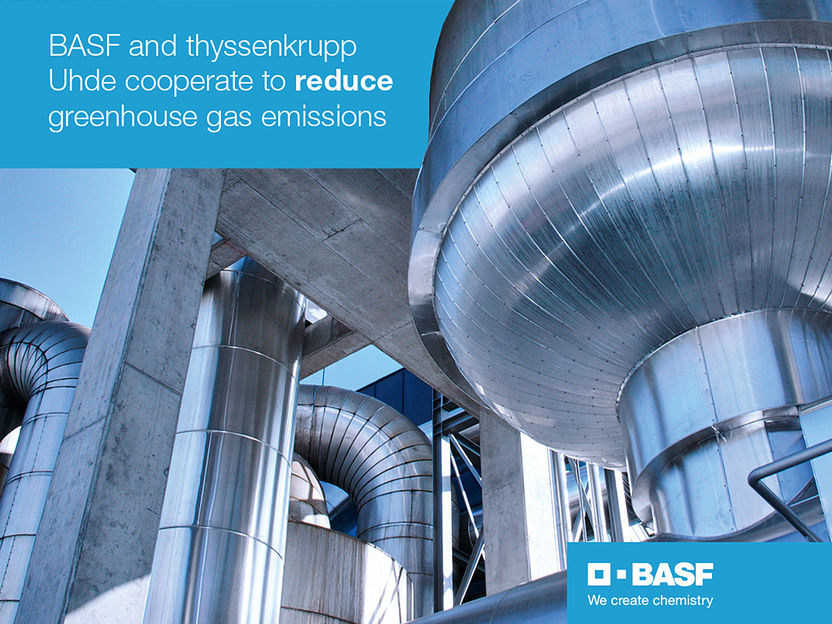
BASF and thyssenkrupp Uhde cooperate to reduce greenhouse gas emissions
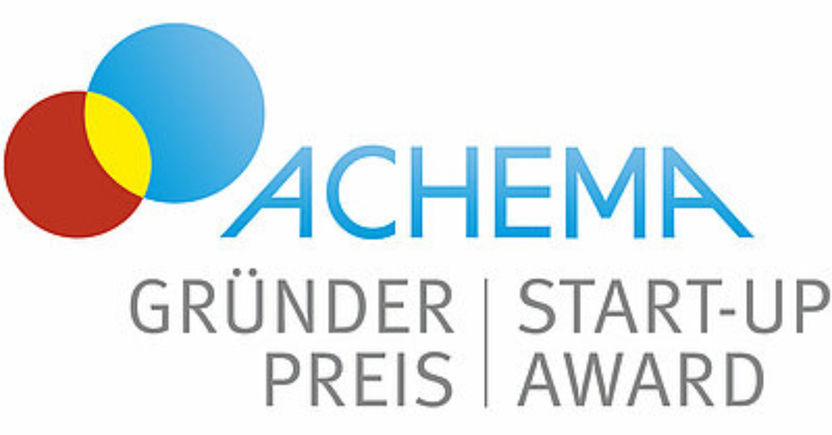
ACHEMA Start-up Award: Ten start-ups that want to change the process industry - The finalists are nominated
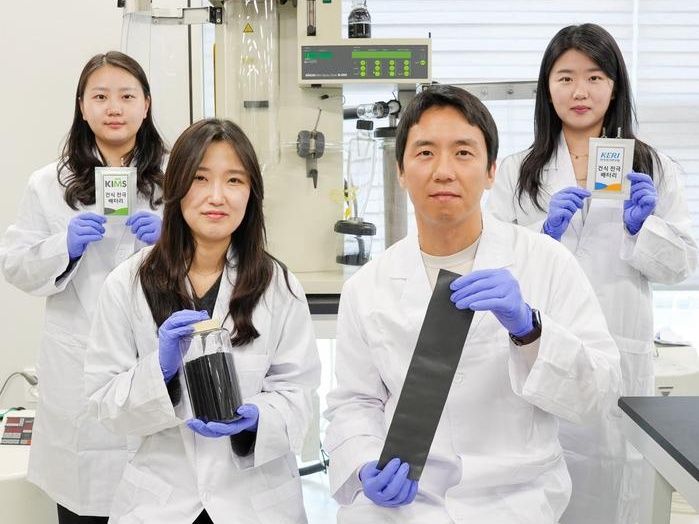
Spray drying tech used in instant coffee applied to high-capacity battery production - Achieved world-leading 98% active material content in electrode
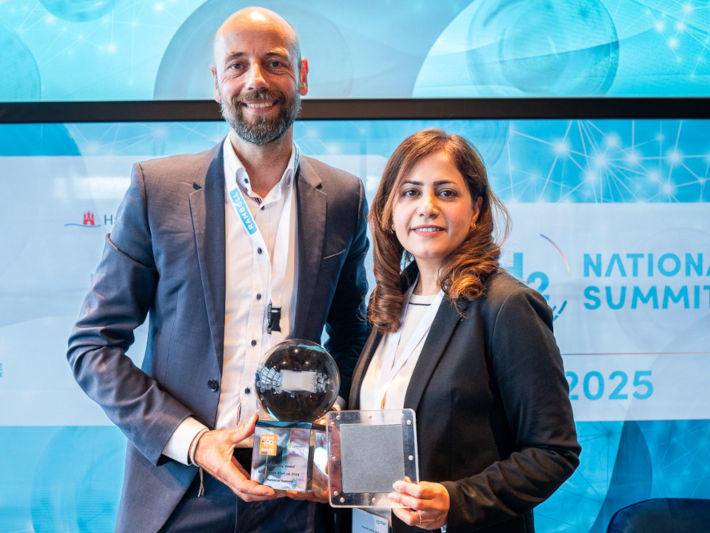
Elementarhy Revolutionizes with New Technology Previously Costly Hydrogen Production - Start-up aims to become a pioneer for green hydrogen

Akeno receives 4.5 million euros for real-time production planning - From BASF project to international rollout
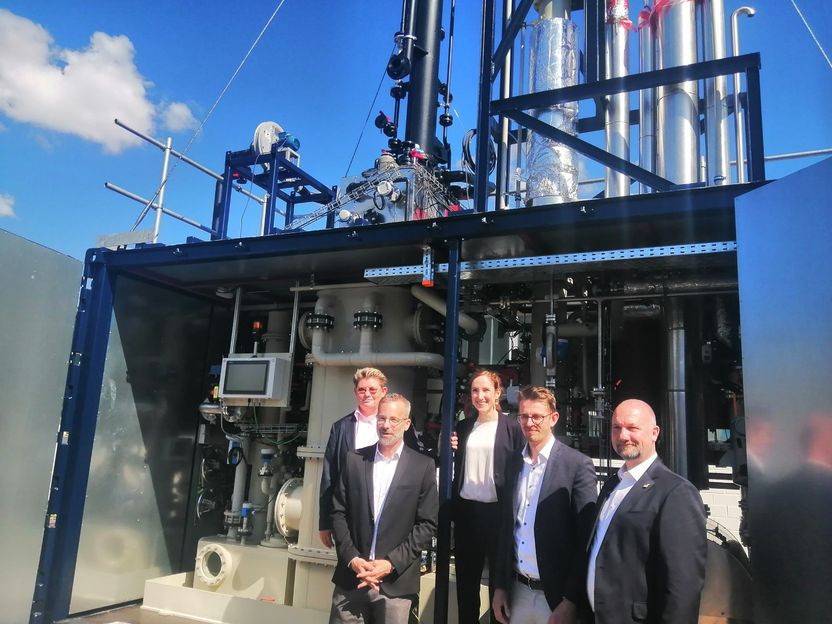
EEW and GEA launch strategic partnership for CO₂ capture
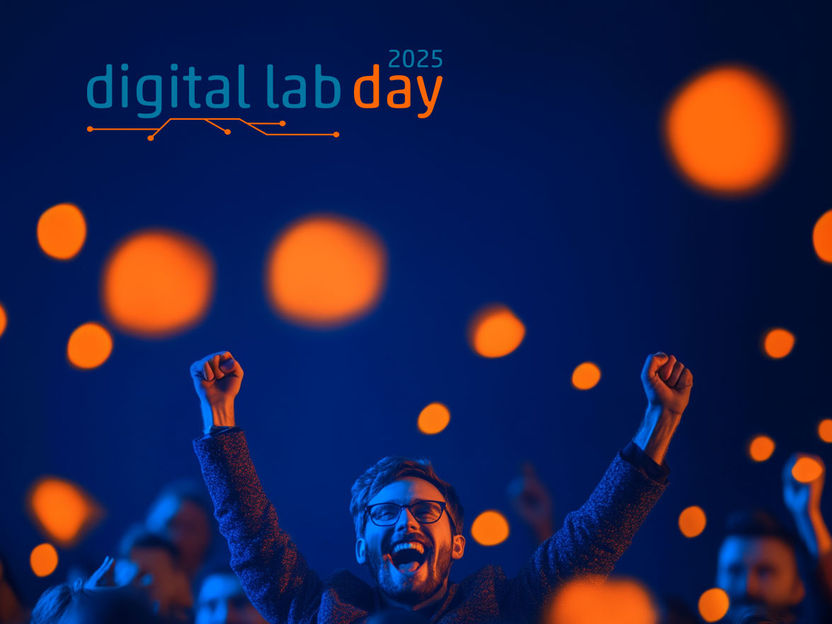
Digital lab day 2025 celebrates international success - virtual battery day 2025 follows in November
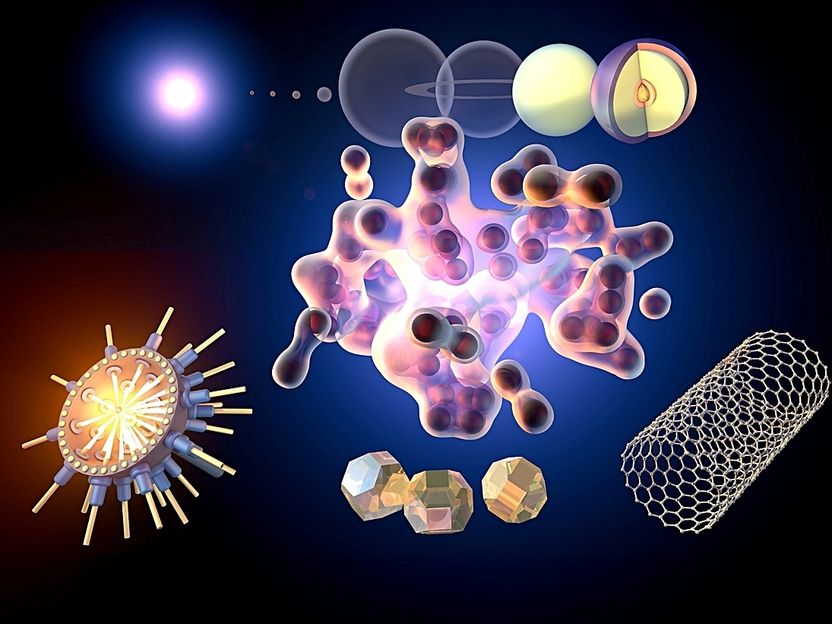
Structure of liquid carbon measured for the first time - Research team completes groundbreaking experiment at the European XFEL

Lab in a tube: Monitoring soil chemistry without disturbing it

Structure of Supercritical Water Decoded

Improved analysis of silicon surfaces - Progress for photovoltaics, for example

